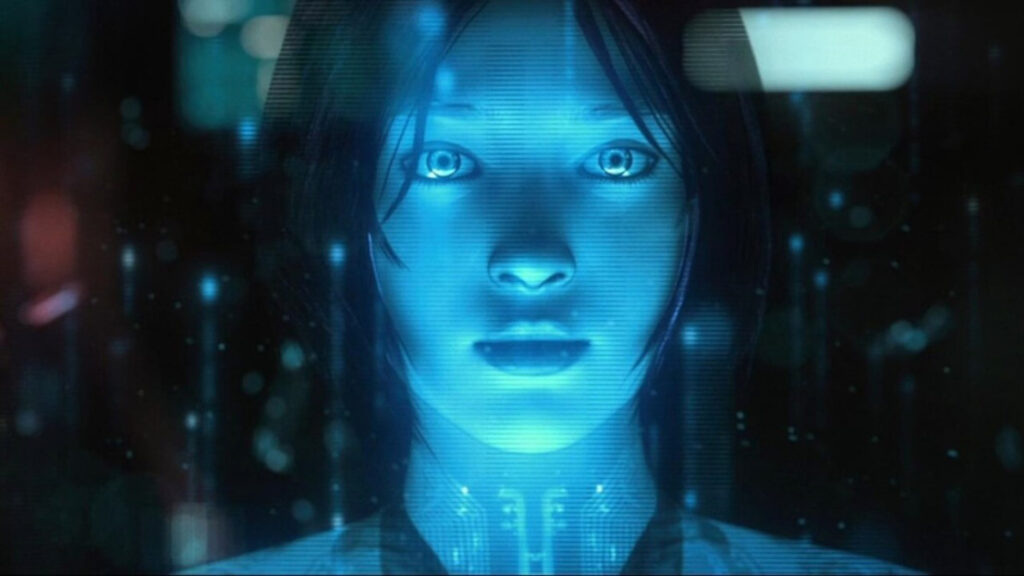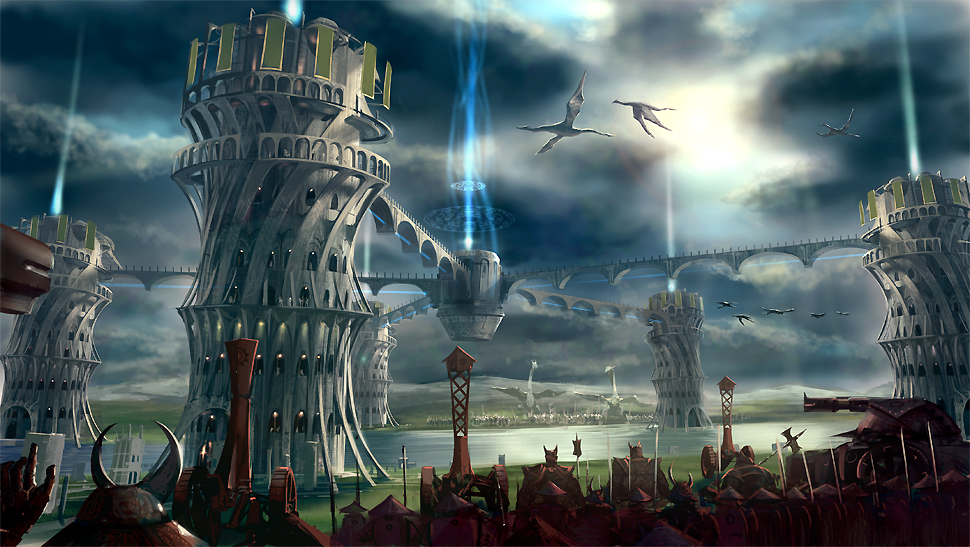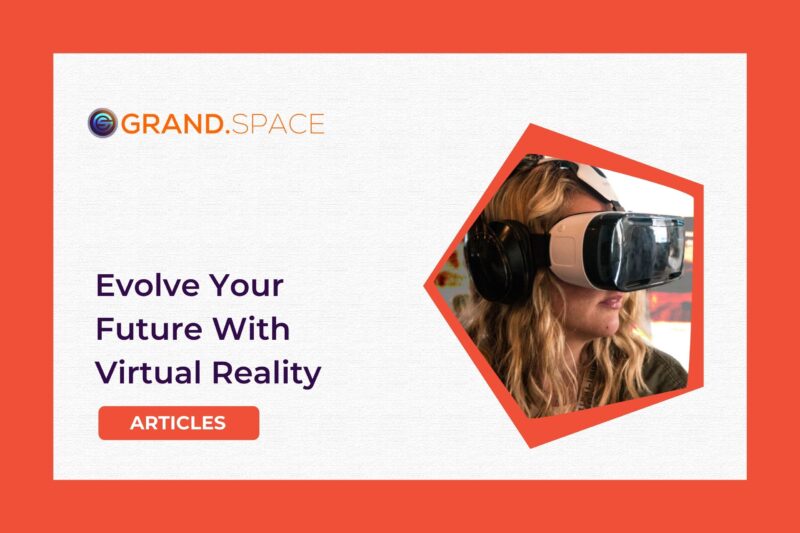Virtual Reality is not just evolving technically but also culturally. This is the point we have reached. Walking the other day I noticed teenagers coming towards me wearing the latest sneakers, sunglasses and having their Samsung gear VR on the top of their heads like a fashion accessory. This might not be the intention to use a VR headset but it made me smile.
As people bring their first headset, I wonder how much of their enthusiasm is because they are experiencing it for the first time. People’s first experiences in VR drive them to dive deeper and stay longer.
First Step V/S Long Lasting?
VR technology is new. It will change significantly in the coming years and since it is in its start, many people haven’t even had their first VR experience yet. Thus it’s easy to think of the content as temporary.
Even in this early stage, when VR is reaching wider audience, It’s crucial to offer lasting and meaningful stories whether it’s in 360 degree films or games.
It is important to shift our thinking and focus less on spectacle. The content which is made should not be seen as the byproduct of our own learning process. Like cinema from past 5 decades-so much is still gripping, compelling and emotionally captivating today. To be a part of the long term virtual landscape, we should design VR content accordingly.

Beyond The Wow Factor
Offering an engagement which will still be there when the viewer has gotten over the initial excitement is what we mean going beyond the wow factor. Talking only about branded projects specifically, technical innovation is the key motivating factor in advertising campaigns adapting to new technology. But innovation in VR shouldn’t be just a trick for your ad campaign.
Your ad campaign can create VR innovation now that VR is truly buzzing but along with it, it must be able to tell a powerful story or offer rich experience for it to have a shelf life.

Limitations
Doing it in a meaningful way is challenging. Teams often remain busy dealing with finding out basic production methodology to dive deeper in the narrative. It’s true that for cinematic VR, you quickly realize how complex it is to make use of the full 360 degree space because it simply not always possible. With cinematic VR especially, everything feels flat and far away-the beauty and emphasis of it is hard to recreate without depth of field to speak of and no close ups.
VR is still young and it’s worth the risk with the ultimate goal of really surprising the people. So focus not on protecting the viewer too much but instead bring them into the process of letting them see early alpha and beta versions of the work and encouraging them to find and play within their own boundaries or vocabulary.
Who Is The Viewer
What role does the viewer have in virtual reality? Storytelling in any shape is built on general foundation however what is uniquely powerful about virtual stories is that we can give the audiences an active role in them. Having your viewer disembodied in a virtual story represents a missed opportunity; they must feel involved and be given a character to play or a task to perform- a reason for them to come back for more.

Evolve With The Technology
Virtual reality technology is advancing at a lightning speed, in the meantime. The next gen VR is already under way. As it will evolve more, we will see less short spectacular moments and more lasting journeys involving complex & meaningful activity.
The line between pre rendered and dynamic VR is disappearing. And VR makers should be thinking of ways to extend current stories in near future so they can evolve with the technology. True potential of VR experiences is that the story will know you’re there and will react differently to you than to someone else.
Building The Future Of VR, Today
Will you make it differently if you knew your project will be viewed by people in 10 years time? The future is heavily reliant on the content the industry is developing right now. It’s the content which makes an audience return and it needs to be diverse and multi layered. Also it should be able to make a lasting impression on the people with a new headset.
As we embark on the second generation of VR experiences, we should aim at a content which can last longer than the first gen headsets will.
